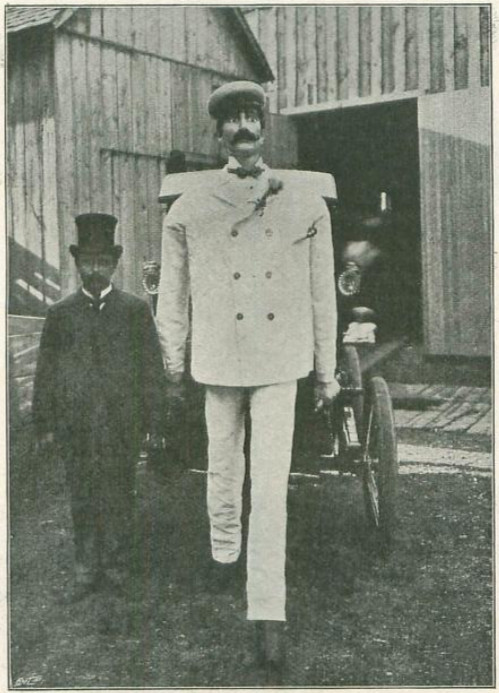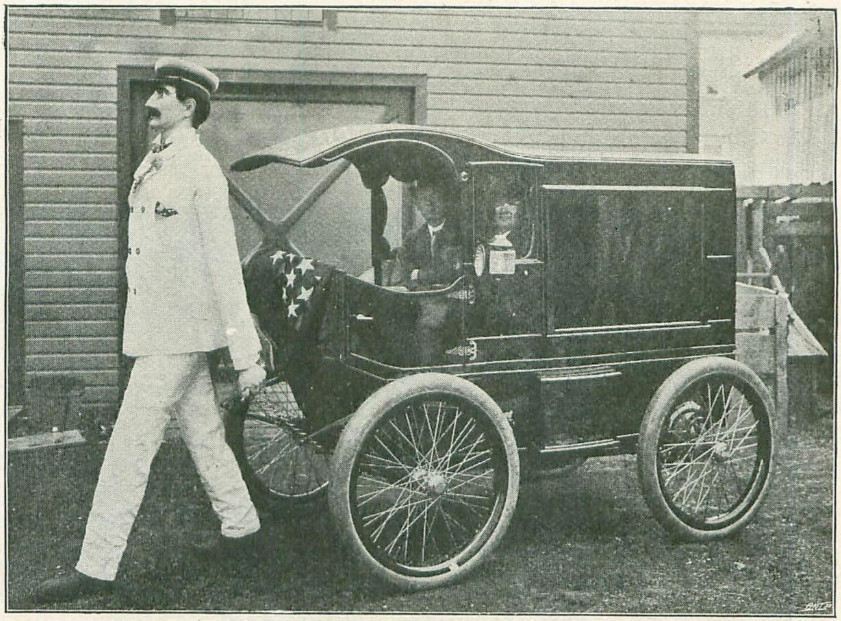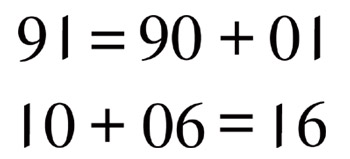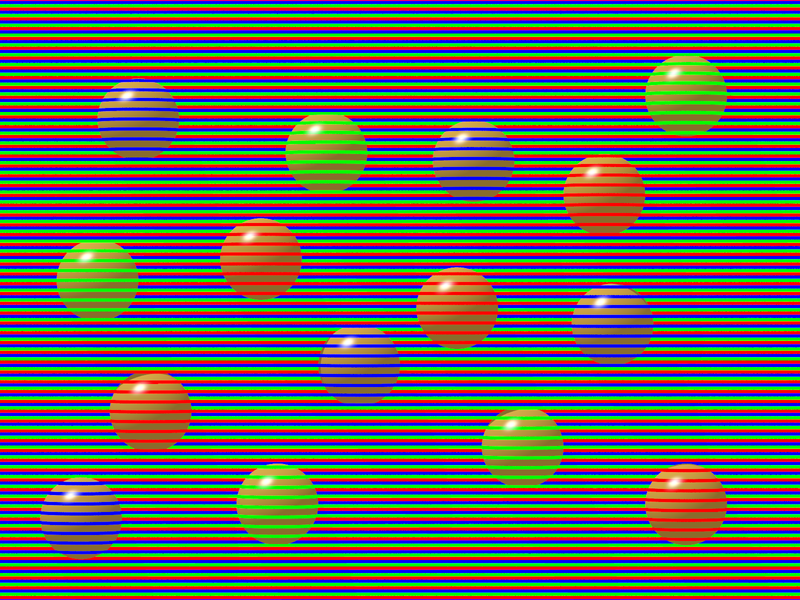
In 1900, Louis Philip Perew of Tonawanda, New York, built a “gigantic man” of wood, rubber, and metal that “walks, talks, runs, jumps, [and] rolls its eyes.”
Standing 7 foot 5 in size 13 1/2 shoes and clothed in white duck, the nameless man “walked smoothly, and almost noiselessly” at an exhibition for the Strand, circling the hall twice without stopping. Perew was cagey as to its inner workings, saying only that its aluminum skin concealed a steel framework.
When a large block of wood was placed in its path, “it stopped, rolled its eyes in the direction of the obstacle, as if calculating how it could surmount it. It then deliberately raised the right foot, placed it upon the object, and stepped down on the other side. The motion seemed uncannily realistic. You almost feel like shrinking from before those rolling eyes. The visionless orbs are operated by means of clock-work situated within the head.”

When the robot announced, “I am going to walk from New York to San Francisco,” Perew acknowledged that the team planned to send it across the continent drawing a light wagon bearing two men. He claimed it could cover 20 miles in an hour.
I don’t know any more about it. This isn’t the first mechanical man we’ve encountered — a steam-powered robot had been proposed as early as 1868. But neither seems to have gone anywhere.
03/23/2025 UPDATE: Readers Kendra Colman, Justin Hilyard, and Hans Havermann point out that Cybernetic Zoo has a whole summary on the “Electric Man” and its history, including Perew’s original 1894 patent and various news articles (with additional photos) from 1895 up to 1914. Apparently the effect is deceiving — the man doesn’t actually pull the wagon, the wagon pushes the man. Many thanks to everyone who’s written in about this.









